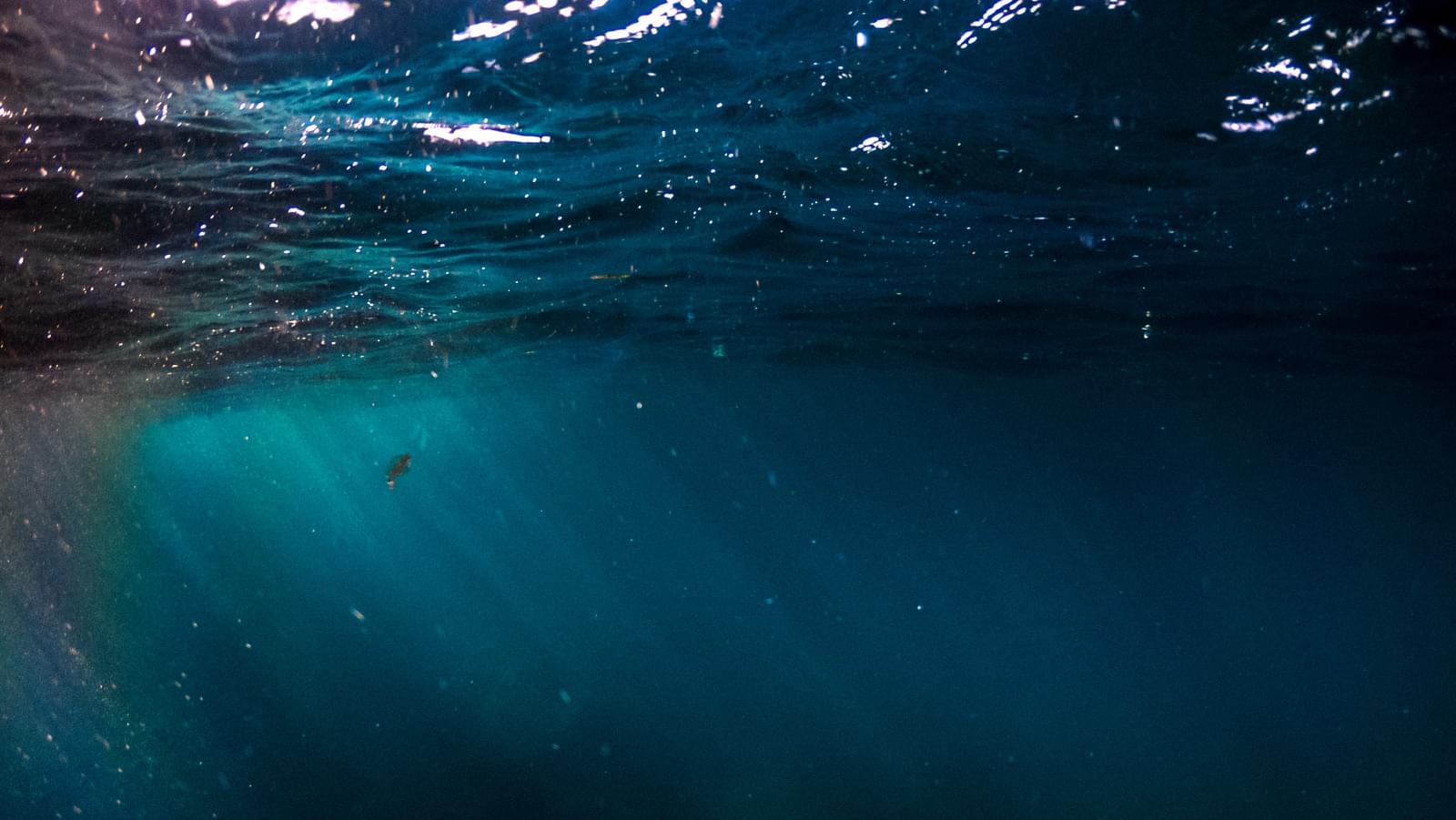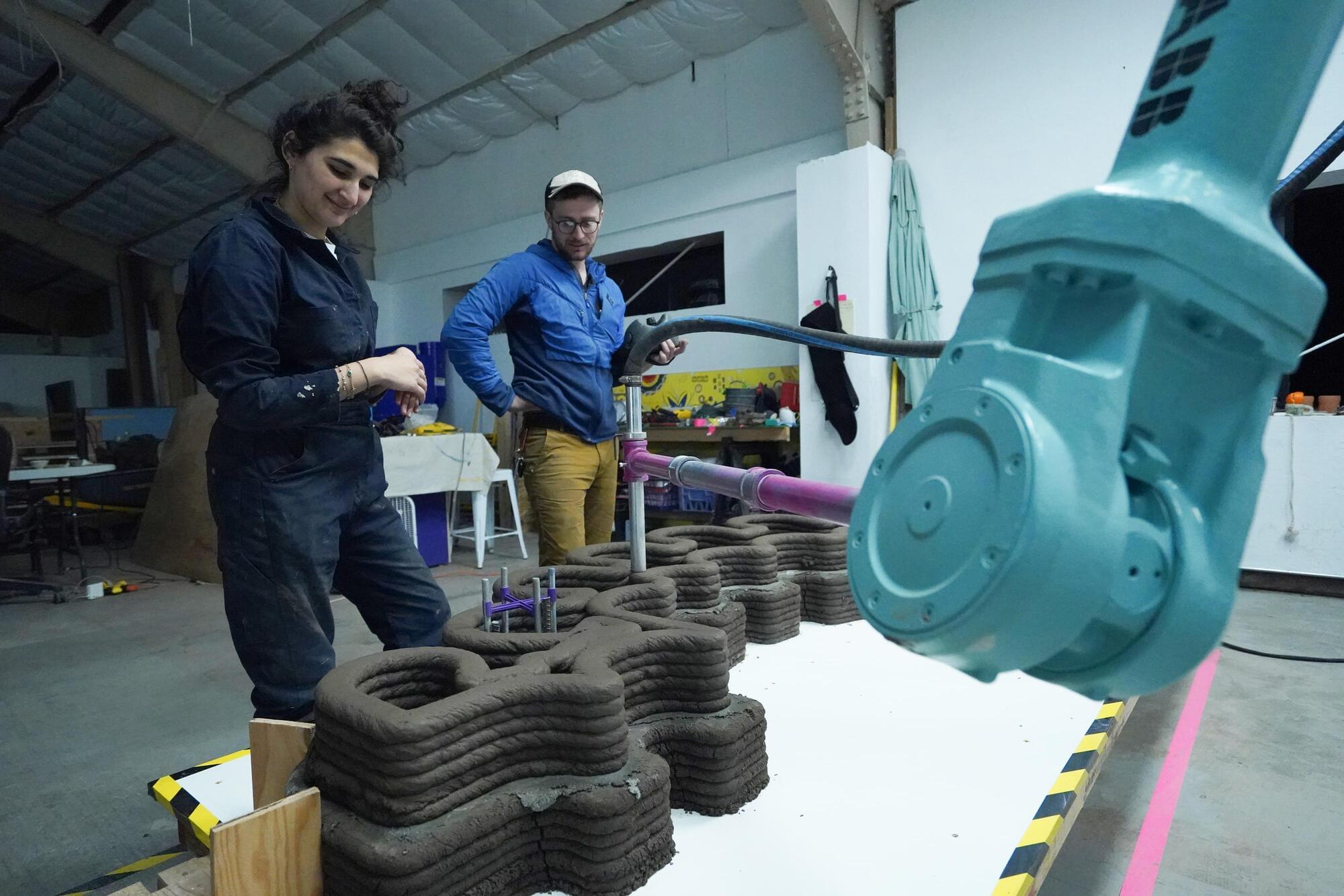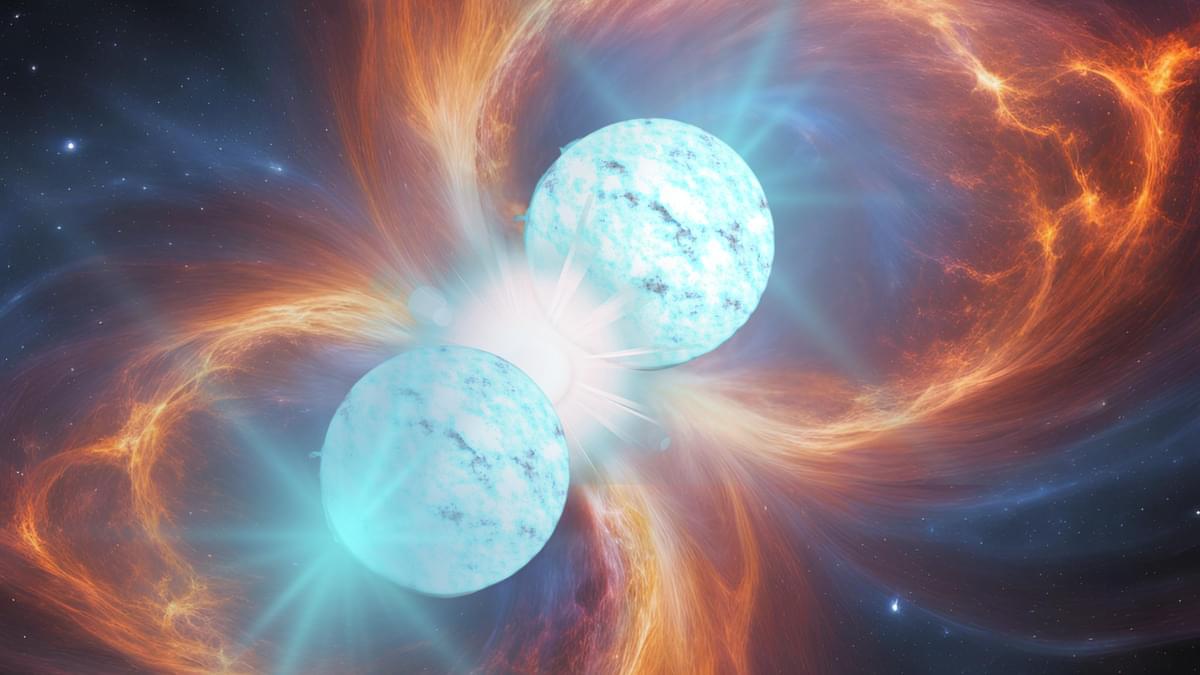
Neptune and Uranus are the seventh and eighth planets from the sun, and as such share a lot of the same characteristics. Though they are different colors (Neptune is bluer than Uranus’ cyan hue) and have different numbers of rings and moons, both planets are ice giants that are similar sizes at just over 30,000 miles (50,000 kilometers) wide each. They also weigh about the same, with Neptune coming in at 1.024 × 1026 kg (about 17 times the mass of Earth) and Uranus weighing 8.682 × 1025 kg (about 14 times the mass of Earth). What’s more, both planets have upper atmospheres made up of mostly hydrogen, helium, and methane. Put simply, then, the characteristics of Neptune and those of Uranus are very similar despite their different colors.
Now, it seems the two worlds could have yet another thing in common, and this one is particularly intriguing when compared with Earth. Neptune and Uranus might be home to some incredibly deep oceans that make our own look like puddles.
Earth’s own oceans are already mysterious enough. They cover roughly 70% of the planet’s surface, yet only a small portion of our ocean has been explored, with the Nippon Foundation-Gebco stating that as of June 2024, just 26.1% of the entire seafloor had been mapped. The deepest trench in the ocean, known as the Challenger Deep, sits beneath the western Pacific Ocean, southwest of the U.S. territorial island of Guam, and is roughly 35,876 feet deep. Just what life is like at such depths remains somewhat of a mystery, with the deep ocean already proving to be home to prehistoric sea animals that are, frankly, nothing short of nightmare fuel. But the deepest ocean trenches on Earth are absolutely nothing compared to the depths of the oceans that might well exist on Neptune and Uranus.









